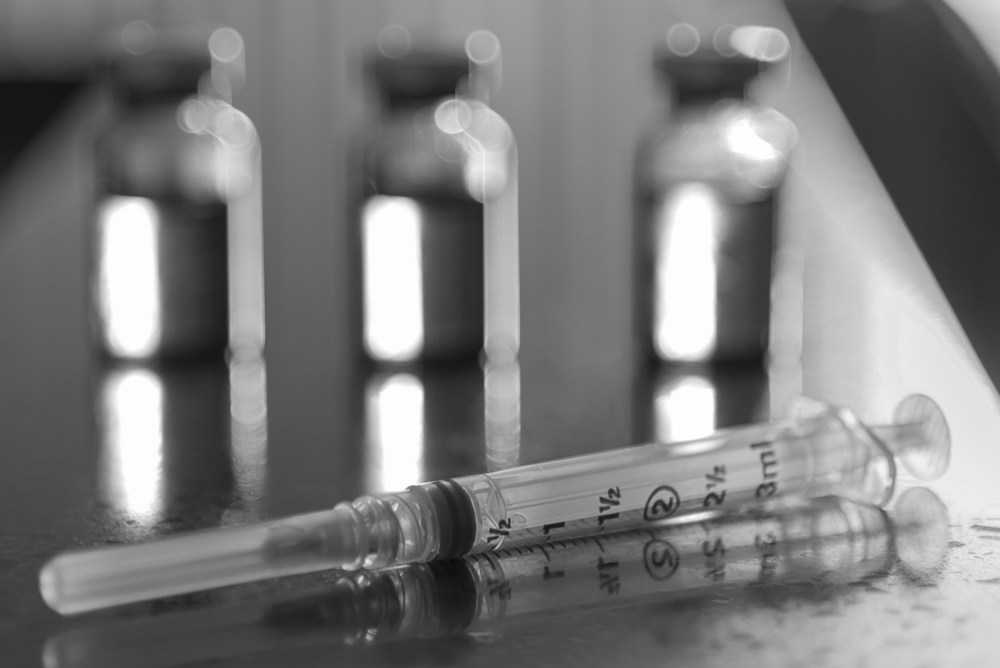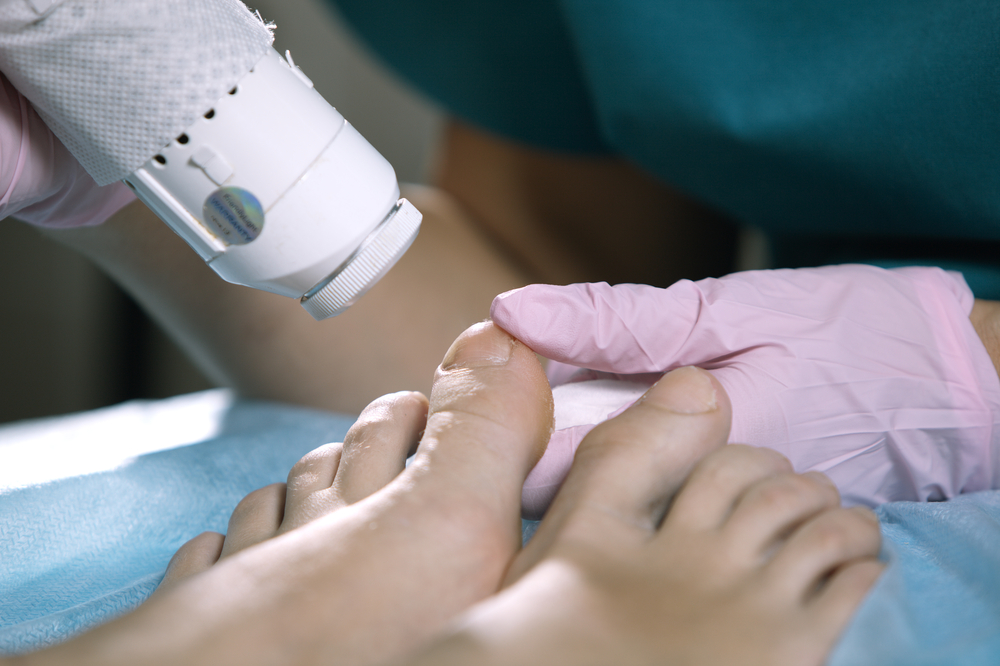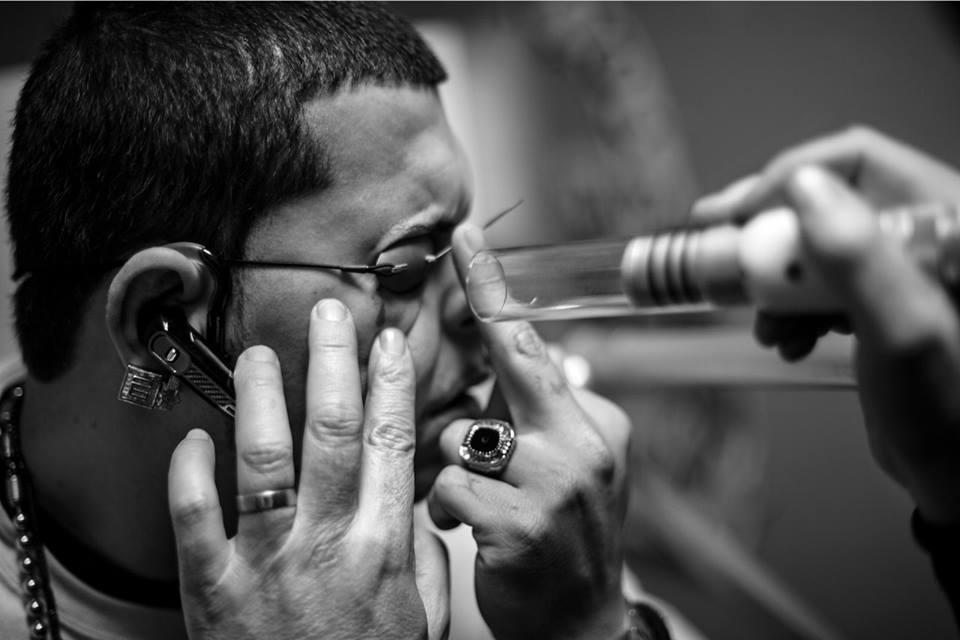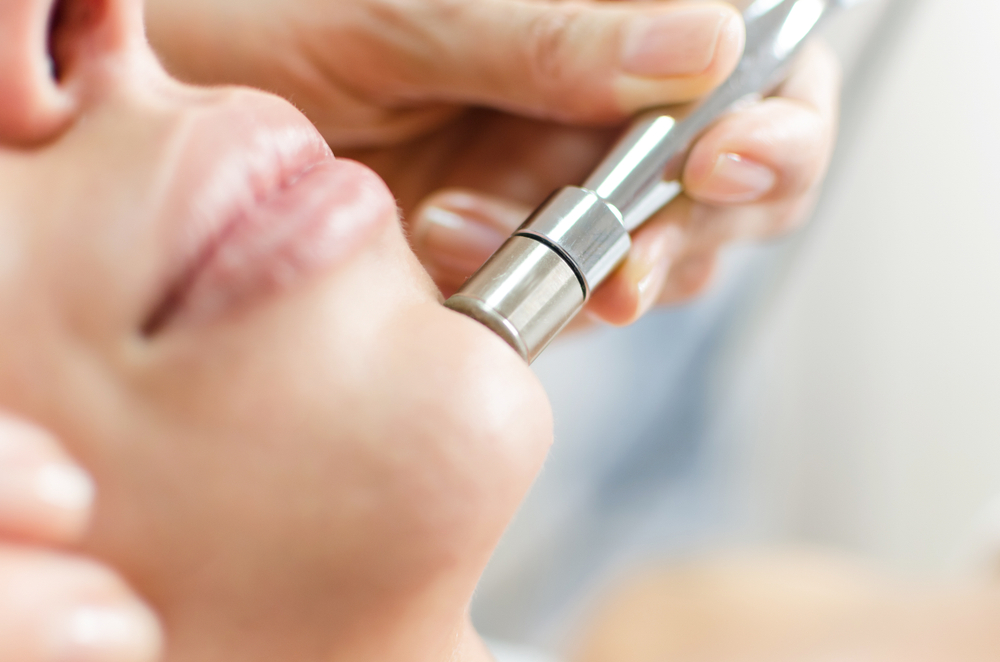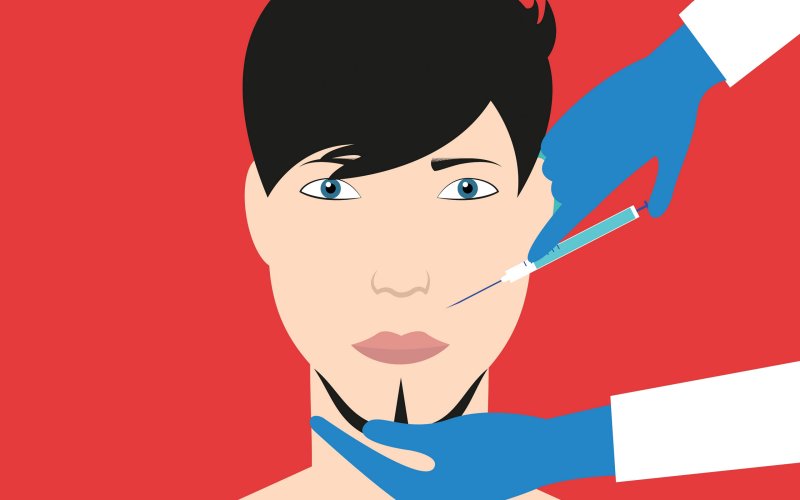- Three commonly used botulinum toxin products in the United States are Botox, Dysport, and Xeomin.
- While their onsets differ, all three brands tend to last the same amount of time and cost the same amount.
- The three brands are also considered equally safe, although their potency may differ.
You’ve probably heard of Botox at some point, but you may not know that it is just one of several currently available injectable botulinum toxin products on the market in the United States.
The three most commonly used cosmetic formulations of botulinum toxin are Botox, Dysport, and Xeomin. Although these products are not directly interchangeable, they have similar profiles in terms of their uses, side effects, and cost.
What are Botox, Dysport, and Xeomin used for?
Botulinum toxin is a neurotoxin derived from Clostridium botulinum, a gram-positive bacterium discovered more than 100 years ago. It blocks nerve signals when injected into a muscle, thus preventing muscle contractions.
There are numerous non-cosmetic therapeutic uses of botulinum toxin, including:
- Blepharospasm (involuntary eyelid contractions)
- Strabismus (crossed eyes)
- Cervical dystonia (involuntary contraction of neck muscles)
- Hyperhidrosis (excessive sweating)
- Urinary incontinence
- Migraine headaches
Botulinum toxin injections are also commonly performed to address the following aesthetic concerns:
- Crow’s feet
- Forehead lines
- Frown lines
While Botox is approved for all these indications, Dysport and Xeomin are only approved for frown lines. However, they are also sometimes used off-label for the other indications.
Uses of botulinum toxin which have not been approved by the FDA include:
- Neck bands
- Chin dimpling
- Wrinkles around the corners of the mouth
- Shape of the jaw line
- Gummy smile
Which acts faster — Botox, Dysport, or Xeomin?
While the effects may not become visible as quickly from one product to the other, they tend to last the same amount of time.
Botulinum toxin treatments usually take less than 15 minutes. According to its manufacturer, the effects of Botox can be evident within 48 hours, but in some cases it can take up to a week.
The manufacturer of Dysport reports a median onset of effects in roughly two to three days. The manufacturer of Xeomin reports that it takes an average of three to four days for the initial effects to become evident, and up to a month to appreciate the product’s full effects.
“Xeomin’s onset is a little slower than Botox or Dysport,” confirms Dr. Rhonda Q. Klein, a board-certified dermatologist based in Westport, CT. “Most studies have supported that Dysport’s onset is the fastest, followed by Botox and then Xeomin.”
All three last three to four months on average, with some patients seeing benefits for up to six months.
Which botulinum toxin injectable is the cheapest?
While it can vary substantially, the average cost of one treatment session of any of these products is approximately $385 in the United States.
“The cost of a treatment of these products is roughly the same,” confirms Dr. Klein. “However, per unit, Dysport costs less because it takes two to three units of Dysport to equal one unit of Botox or Xeomin.”
Some medical spas play on these dosage differences to make their cost per treatment seem lower than their competitors’.
“They make it seem like Dysport is cheaper, even though more units are required for the same treatment,” Dr. Klein warns. “We price them equally, or based on treatment areas — my preferred way. Xeomin is often priced the best, so this is a reason why it’s gaining popularity. Botox is often the most expensive.”
Each brand also has its own loyalty program, which can lower to overall cost for patients who combine their botulinum toxin treatments with dermal fillers and other procedures:
- Botox has a savings program called Brilliant Distinctions.
- Dysport offers a rewards program called ASPIRE.
- Xeomin has a virtual rewards program called Xperience.
What are the adverse effects of botulinum toxin?
While complications are very rare, adverse effects associated with all three main brands of botulinum toxin cosmetic products include:
- Headache
- Injection site reactions, including redness, bruising, and pain
- Flu-like symptoms
- Nausea
- Temporary facial weakness or drooping
In the unlikely event that the toxin spreads beyond the intended site of action, which can occur hours or even weeks after the injection, patients may experience the symptoms of botulism, such as difficulty breathing or swallowing, muscle weakness, and slurred speech.
Quick comparison: Botox vs Dysport vs Xeomin
The following is an overview of these three products based on manufacturer information.
| BOTOX | Dysport | Xeomin | |
|---|---|---|---|
| Neurotoxin | onabotulinumtoxinA | abobotulinumtoxinA | incobotulinumtoxinA |
| Manufacturer | Allergan | Galderma | Merz Aesthetics |
| Approved Indications | Moderate to severe forehead lines, crow’s feet lines, frown lines between the eyebrows | Moderate to severe frown lines between the eyebrows | Moderate to severe frown lines between the eyebrows |
| Onset | Results may be evident within 24-48 hours, but may take up to 7 days | Median response in 2-3 days | Results may be evident in 3-4 days, but may take up to a week, with maximum effect in 30 days |
| Duration | Up to 4 months | Up to 4 months | Typically, 3 months |
| Units/Treatment | 0.1 ml = 4 units per site, number of sites depends on area being treated, up to 10 sites per treatment | 0.08 ml = 10 units per site, 5 sites per treatment | 0.1 ml = 4 units per site, 5 sites per treatment |
| Adverse Reactions | Headache, drooping of the eyebrows or eyelids, swelling of the eyelids, bruising | Headache, drooping or swelling of the eyelids, nasopharyngitis, upper respiratory tract infection, sinusitis, injection site reaction or pain, blood in the urine | Headache |
Dermatologists weigh in: which brand is best?
“I have personally used all of these products with excellent results,” says Scottsdale, AZ board-certified dermatologist Jennifer T. Haley, MD, FAAD. “Some patients do prefer one treatment over the other, but I believe they work equally well.”
For someone who has used Botox for many years and finds it isn’t working as well or lasting as long, Dr. Haley will change to Xeomin or Dysport. “Of course, the choice of the neurotoxin is often determined by patient experience, preference, and the loyalty program to which they belong,” she adds.
Dr. Klein gives an overview of the chemical difference between the products: “The main difference between Xeomin and Botox or Dysport is that Xeomin is a ‘naked injectable,’ meaning it doesn’t contain any additives.”
It is also believed that patients are less likely to develop resistance to Xeomin than Botox or Dysport.
“If patients stop responding to Botox or Dysport, I will often switch to Xeomin,” says Dr. Klein. “Xeomin also does not need to be refrigerated, so it’s a little more convenient.”
>>For further information on Dysport and Botox, read our article on the differences.
Is there a difference in potency between these three brands?
“I find that Dysport diffuses a little more than Botox or Xeomin,” says Dr. Klein. “I like to use it in the forehead but not in the glabella (the smooth part of the forehead between the eyebrows), where I worry about drooping. We tend to use all three products as patients also have preferences.”
A study conducted by researchers at Xeomin’s parent company Merz Pharmaceuticals concluded that it is the most potent of the three:
“The current study has shown that of the three products investigated, Xeomin contains the highest specific neurotoxin activity, followed by Dysport, with Botox having the lowest biologic activity. This result suggests that Xeomin contains only active neurotoxin, whereas Botox is likely to contain denatured/inactive neurotoxin.”
Choosing between Botox, Dysport, and Xeomin
If you are considering botulinum toxin treatments, your first step should be to consult with a board-certified dermatologist or cosmetic surgeon who has experience administering these products.
He or she will assist you in selecting the brand of injectables that best meets your needs, both aesthetically and financially.
» For more information on Botox and other injectable treatments, meet our medical review team.





